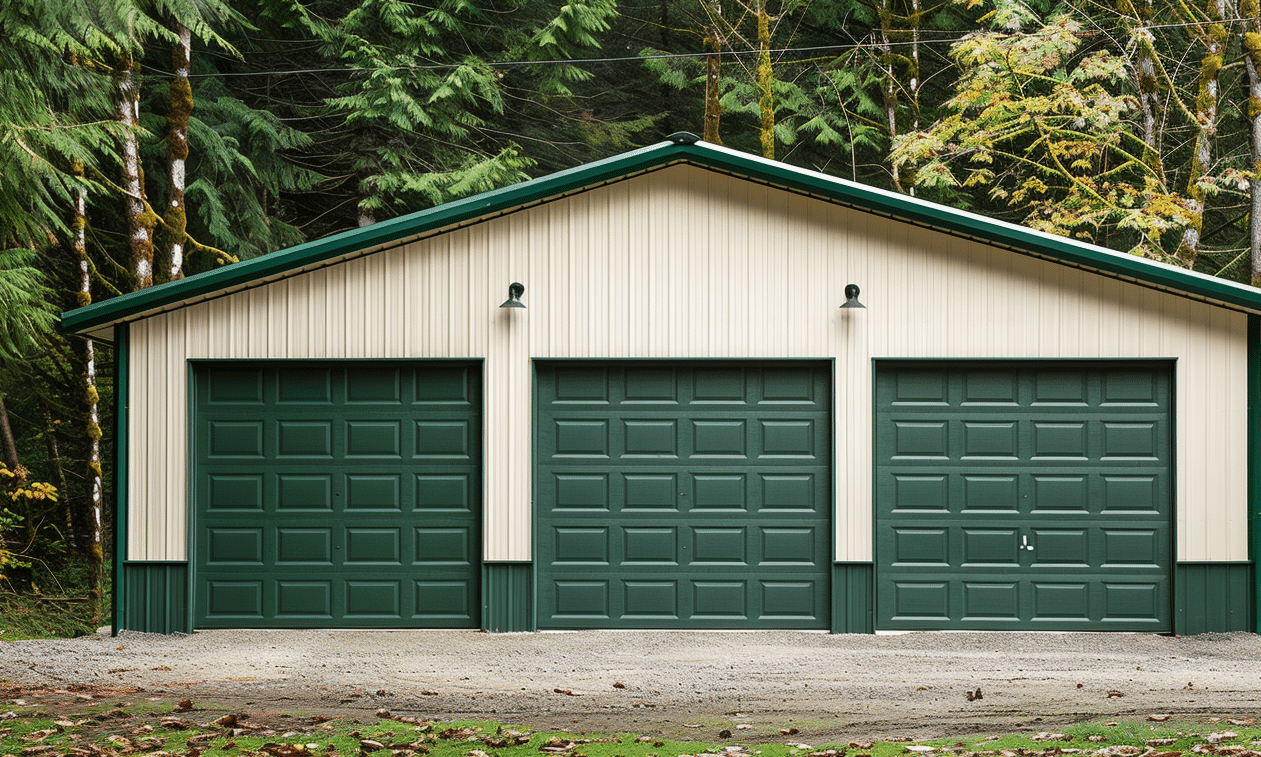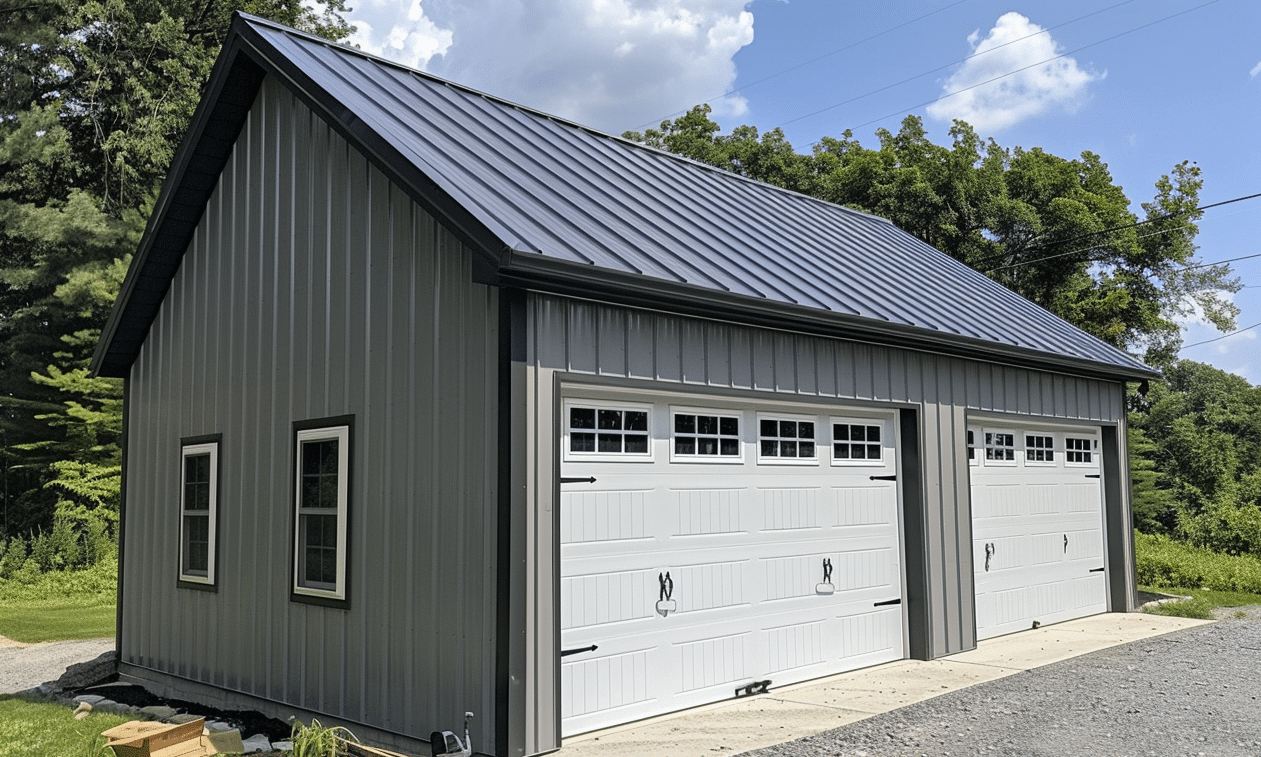Navigating the labyrinth of commercial construction regulations is akin to mastering a complex symphony—both require precision, attention to detail, and an understanding of every moving part. Whether you’re a seasoned industry veteran or a newcomer looking to break ground on your first project, understanding these ever-evolving regulations is crucial. These regulations not only dictate the structural integrity and safety standards of buildings but also shape the aesthetic future of our urban landscapes.
From the initial stages of planning to the final ribbon-cutting ceremony, compliance with commercial construction regulations is a non-negotiable. In this article, we’ll unravel this intricate web, providing insight into the key aspects of these regulations and their impact on your building projects.
Understanding the Basics of Commercial Construction Regulations
Commercial construction regulations encompass a broad array of guidelines and standards that govern the design, construction, and renovation of commercial properties. These regulations are designed to ensure safety, accessibility, and environmental sustainability while also addressing aesthetic elements such as commercial building facade design.
In simple terms, these regulations act as a protective shield, safeguarding the public from potential safety hazards, environmental impacts, and ensuring the structural resilience of commercial facilities. The adherence to these standards not only benefits the end users but also enhances the reputation and credibility of Commercial Builders.
Key Aspects of Regulations
Navigating commercial construction regulations involves understanding several key aspects:
Building Codes and Standards
Building codes are the backbone of commercial construction regulations. These codes set out the minimum standards for design, construction, and occupancy. They cover a range of topics, including structural integrity, fire safety, electrical systems, and ventilation. Staying abreast of these codes is crucial as they are updated regularly to reflect new safety innovations and technologies.
Accessibility Requirements
The importance of accessibility in commercial buildings cannot be overstated. Regulations in this area ensure that buildings are accessible to everyone, including people with disabilities. This involves mandating elements such as ramps, elevators, and accessible restrooms, promoting inclusivity and equal access.
Environmental and Sustainability Guidelines
In today’s environmentally-conscious world, sustainability is a key component of commercial construction regulations. These guidelines aim to minimize the environmental impact of buildings, encouraging the use of eco-friendly materials and energy-efficient designs. Achieving certifications such as LEED can significantly enhance a building’s marketability and appeal to environmentally-conscious tenants.

Overcoming Challenges in Compliance
While understanding commercial construction regulations is one part of the equation, navigating them effectively is another. It can feel as daunting as steering a massive ship through a narrow passage. But fear not, as there are tried-and-tested strategies to help smoothen the journey.
The Role of Expert Guidance
Engaging experienced Commercial Builders who are well-versed in current regulations can be a game-changer. Their expertise in interpreting and applying these standards can not only prevent costly mistakes and delays but also ensure a safer, more efficient construction process.
Staying Updated
The world of commercial construction regulations is dynamic and constantly evolving. Reliable industry publications like Construction Dive offer invaluable insights and updates. Staying informed about recent code changes and industry trends ensures that your projects remain compliant.
Technological Assistance
Technology offers advanced tools and software that simplify compliance. From building information modeling (BIM) that assists in designing according to current codes, to project management tools that keep all regulatory documents organized and accessible, leveraging technology can save both time and resources.
Future Trends in Commercial Construction Regulations
Embracing the future of commercial construction requires an understanding of imminent trends in regulations. The focus will likely intensify on sustainability, with more stringent guidelines leading the charge in combating climate change.
Moreover, advancements in construction materials, like metal buildings, will continue to shape regulatory landscapes. Metal’s durability, energy efficiency, and recyclability make it increasingly popular, prompting regulators to adapt and propose new guidelines for its extensive use.
Balancing Innovation and Regulation
As innovations such as smart technology and sustainable materials continue to emerge, regulators are tasked with finding a balance. Ensuring these innovations comply with safety and performance standards without stifling creativity will be a central theme in the evolution of construction regulations.

Conclusion
Traversing the intricate maze of commercial construction regulations might initially seem daunting. However, by embracing the comprehensive frameworks established by authorities and staying up-to-date with industry evolution, you can successfully navigate these waters. Partnering with proficient construction experts, leveraging technological tools, and keeping pace with industry trends will ensure compliance and success in your construction endeavors. Whether you are eyeing a sleek commercial building facade design or evaluating the practicality of metal buildings, understanding the interplay of regulations is crucial in laying the foundation for the buildings of tomorrow.

In conclusion, as the curtain closes on this guide to commercial construction regulations, remember, it’s not just about laying bricks. It’s about building legacies while seamlessly blending safety, innovation, and sustainability. Now, as you prepare for your next groundbreaking project, you’re not just equipped with knowledge—you’re ready to construct beyond limits.










